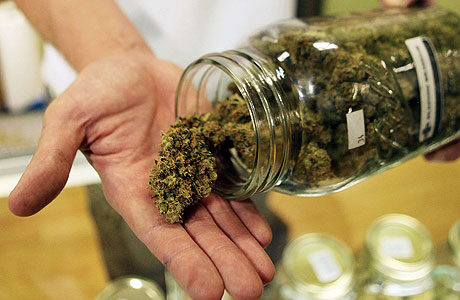Medical use of cannabis
- Home
- Medical use of cannabis
Recent Posts
- Local Hyperthermia as a major tool in treating Cancer patients successfully in a non-toxic way
- Why are IQ scores declining over the previous 20 years?
- Expert report regarding the clinical use of CBD
- CBD effective in Healing Bone Fractures at all Ages and Prevention and Cure of Osteoporosis and Arthrosis
- Medical Cannabis Approval Sweeps Across Europe
- More people die from overdosing on pharmaceutical drugs than illegal drugs
- Flu vaccine BOMBSHELL: 630% more “aerosolized flu virus particles” emitted by people who received flu shots… flu vaccines actually SPREAD the flu
The medical use of cannabis
Cannabis Sativa L. or hemp, is more than a thousand years in Europe for many medical indications deployed. Hildgard Bingen (1098-1197) described as a medical handbook has detailed the various indications for the medical use of Cannabis Sativa. This day enjoys Cannabis sativa in both the lay press and in scientific publications again a growing interest in the use of different diseases and symptoms.
Both in the media and in scientific journals, Cannabis sativa L. receiving increasing attention is again ITS for potential medicinal use. Its use is still more controversial than-the use of opium and morphine, but because of New Scientific Data, a renewed interest is emerging.

Cannabis and the Gorter Model
In the Gorter Model, there is a 30-year long experience with the medical use of Cannabis sativa L. and its derivatives. At the Medical Center Cologne, if appropriate, Dronabinol (THC) is used for the following indications:
- anorexia (loss of appetite) and cachexia (severe weight loss) in cancer and HIV / AIDS patients and in patients who suffer from symptoms thesis for other reasons;
- nausea and emesis (vomit), caused by chemotherapy or radiation and by Other medications like HAART in HIV / AIDS;
- management of (chronic) pain, pain medications conventional especially there where clause like morphine and other opiates fail;
- phantom pains (very difficult to treat forms of pain, like after amputation or a limb);
- muscle cramps (like in colicy and menstrual pains), and spasticity (in multiple sclerosis, Parkinson’s, after brain damage, spinal cord lesions and in);
- asthma;
- neurodermatitis;
- chronic inflammatory disorders (ulcerative colitis, rheumatoid arthritis);
- attention deficit syndrome.


 Deutsch
Deutsch Nederlands
Nederlands Turkish
Turkish Russian
Russian Italiano
Italiano Français
Français Português
Português العربية
العربية